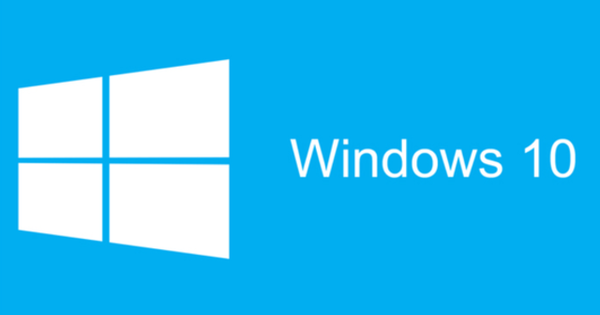OneDrive is Microsoft's cloud service built directly into Windows 10. That can be useful, but if you don't use it, you probably don't want to encounter the feature all the time. In that case, you can disable OneDrive on your Windows 10 PC. Here we show you how to do that.
Do you want more tips about OneDrive and all other cloud services? Then take a look at computertotaal.nl/cloud. You will find them all there.
Not everyone who has a Windows 10 PC wants to use OneDrive. And even if you do use the cloud service to store everything, that doesn't mean you want to sync OneDrive with your PC and find it everywhere, such as in the system tray and in Windows Explorer. Fortunately, it is possible to completely disable OneDrive on your computer.
Stop OneDrive from starting automatically
To stop OneDrive from loading automatically when you start your computer, right-click the OneDrive icon in the system tray and Institutions select. Go to the tab Institutions in the window that appears and uncheck the option Start OneDrive automatically when I sign in to Windows.
From now on, OneDrive will no longer start automatically with Windows, and you will no longer see the pop-up that is shown if you are not yet logged in to OneDrive.
Stop syncing in Windows 10 Home
In order to disable automatic synchronization in the Home version of Windows 10 and to remove the shortcut to OneDrive that is in the system tray, you must use the Registry Editor.
Press on the Windows-key and type regedit. In the search results, choose the Registry Editor. Navigate to HKEY_LOCAL_MACHINE > Software > Policies > Microsoft > Windows. Right click on the folder Windows and choose New > Key. Name this new folder OneDrive.
Right click on the OneDrive folder you just created, and choose New > DWORD (32 bit) value. Name the value DisableFileSyncNGSC and set its value 1 by double clicking on it and the number 1 to type in the box next to Value data.
If you want to re-enable OneDrive later, navigate to HKEY_LOCAL_MACHINE > Software > Policies > Microsoft > Windows > OneDrive and set the value to 0.
Stop syncing in Windows 10 Pro
In the Pro version of Windows 10, it is easier to disable OneDrive.
Press on the Windows-key and type gpedit. In the search results, select the option Edit Group Policy.
Go to Computer Configuration > Administrative Templates > Windows Components > OneDrive and double click Prevent Onedrive from being used for file storage. In the window that appears, click Enabled and click OK.
After some time, OneDrive will stop syncing.
Get OneDrive from Windows Explorer
You will still see the OneDrive icon in the left pane of Windows Explorer. To get rid of this, you have to use the Registry Editor.
Press on the Windows-key and type regedit. In the search results, choose the Registry Editor. Navigate to HKCR\CLSID\{018D5C66-4533-4307-9B53-224DE2ED1FE6} (Windows 10, 32-bit version) or to HKCR\Wow6432Node\CLSID\{018D5C66-4533-4307-9B53-224DE2ED1FE6} (Windows 10, 64-bit version) and set the registry value with the name System.IsPinnedToNameSpaceTree on 0.
If you do this without having stopped the OneDrive synchronization as described above, OneDrive will still remain active and only the icon will no longer be visible in the Explorer. This step does not affect the functioning of OneDrive.

